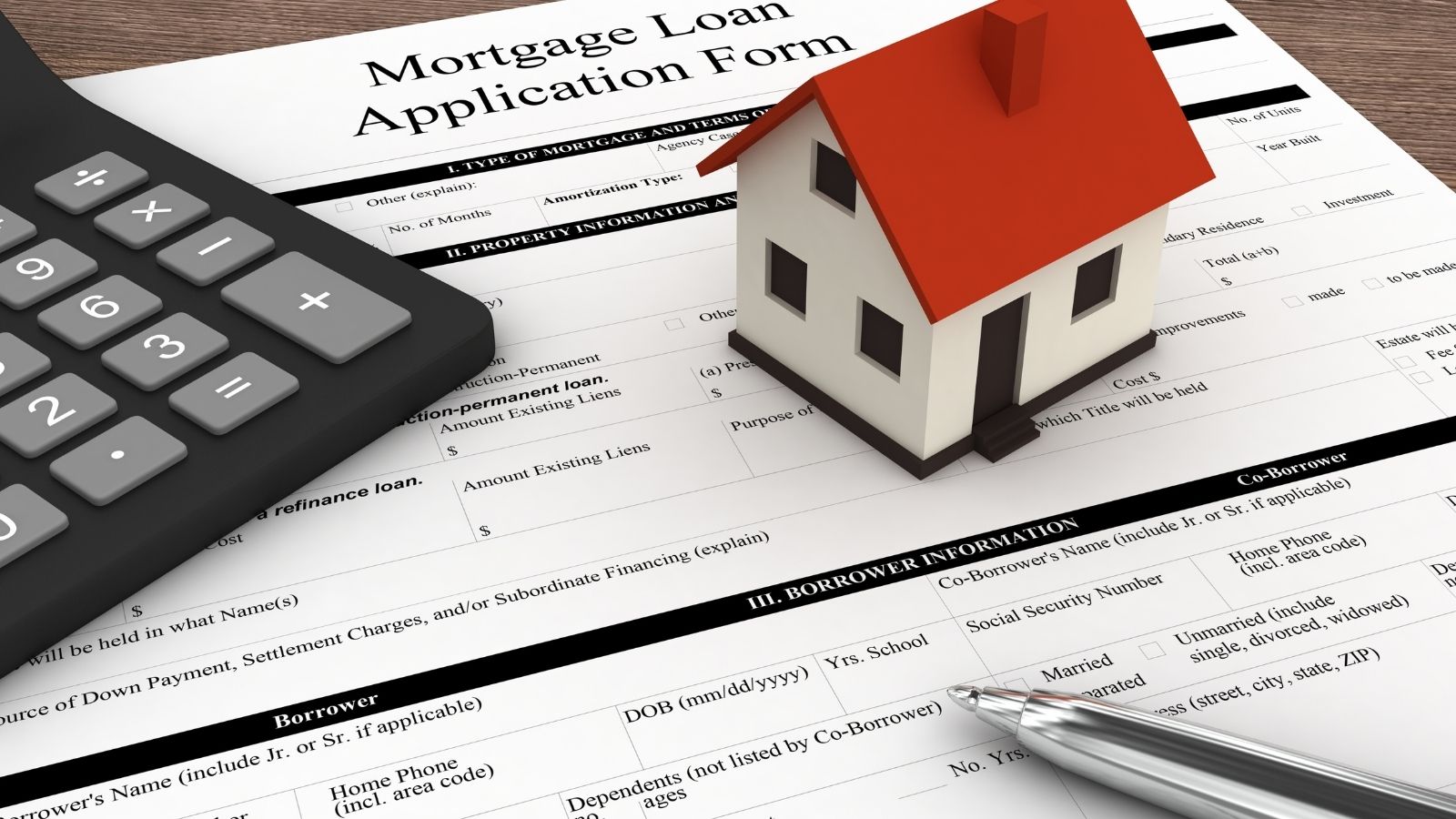If you’re like most people, buying a house is probably one of the biggest things you’ll ever do. It’s a significant investment, and there’s a lot to think about before taking the plunge. One of the most critical aspects of buying a home is getting a mortgage. But what does that mean? And how does it work? Here’s what you need to know about home mortgage loans.

What is a Mortgage?
A mortgage is a loan used to finance the purchase of a property. The property itself secures the loan. If you default on the loan, the lender can foreclose on the property and sell it to recoup their losses.
The Four Types of Mortgage Loans
There are four types of mortgage loans available for those who qualify: conventional, FHA, VA, and USDA. Each has different requirements and qualifications, such as credit score, DTI, earnest money deposit, down payment, and closing costs.
Conventional: A conventional mortgage loan is not backed by a government entity, such as the FHA or VA. These loans are typically available to those with a credit score of 620 or higher, a debt-to-income ratio of 36% or lower, an earnest money deposit of 1-3%, a 20% down payment, and closing costs that average between 2-5% of your loan.
FHA: An FHA loan is a mortgage loan insured by the Federal Housing Administration. FHA loans are available to people with a credit score of 580 or higher, and a debt-to-income ratio of 43% or lower. You’ll have to pay an earnest money deposit of 1-3% and a down payment of 3.5%. Furthermore, there are closing costs that average between 2-5% of your loan.
VA: A VA loan is a mortgage loan that is guaranteed by the Department of Veterans Affairs. These loans are available to those who have served in the military, as well as their spouses. These loans typically require no down payment and have low-interest rates.
USDA: A USDA loan is a mortgage loan that is backed by the United States Department of Agriculture. These loans are available to those who live in rural areas and have a credit score of 640 or higher, a debt-to-income ratio of 41% or lower, an earnest money deposit of 1%, a down payment of 0%, and closing costs that average between 2-5% of your loan.
The Life of Your Loan
Your mortgage loan will have a term, which is the length of time you have to pay back the loan. The most common terms are 30 years and 15 years.
As you make payments, you’ll build equity in your home, which is the portion of your home that you actually own. Equity increases as you pay down your principal and as your home’s value appreciates. If you ever need to sell your home, your equity will be the portion of your home’s sale price that you get to keep.
Fixed-Rate vs. Variable-Rate Mortgages
Mortgage loans can have either a fixed interest rate or a variable interest rate. A fixed-rate mortgage has an interest rate that stays the same for the life of your loan, while a variable-rate mortgage has an interest rate that can change over time.
The type of mortgage you choose will affect your monthly payments and the total amount you pay over the life of your loan. It’s important to compare both options to see which one is right for you.
Purchasing Points
When you’re shopping for a mortgage loan, you may come across the option to purchase points. One point is equal to 1% of your loan amount. So, if you’re taking out a $100,000 loan, one point would cost you $1,000.
Purchasing points typically lowers your interest rate, which can save you money over the life of your loan. However, it’s important to calculate whether or not purchasing points makes financial sense for you. If you plan on moving or refinancing within a few years, you may not recoup the cost of purchasing points.
Get Pre-Approved Before Shopping for a Home
Once you understand the basics of a home mortgage, you’re ready to start shopping for your dream home. But before you start touring homes, it’s important to get pre-approved for a loan.
Getting pre-approved gives you a better idea of how much home you can afford and puts you in a stronger position when negotiating with sellers. It also shows sellers that you’re serious about purchasing their home.
To get pre-approved, contact several lenders and compare their mortgage rates and terms. Once you’ve found a lender you’re happy with, fill out an application and provide the lender with any requested documentation.
The lender will then review your application and tell you how much you’re approved for.
The Documents You’ll Need
You’ll need a number of documents to prove your income and assets. These include but are not limited to:
- Pay stubs
- W-2 forms
- Tax returns
- Bank statements
- Investment account statements
- Retirement account statements
- You’ll also need to prove your identity with something like a government-issued ID, such as a driver’s license or passport.
How Long it Takes to Get a Home Mortgage Loan
The entire mortgage process can take anywhere from 30 days to several months. The length of time depends on a number of factors, including the type of loan you’re applying for, your credit score, and whether or not you have all the required documentation.
If you’re hoping to purchase a home quickly, it’s best to start the process early and be prepared with all the necessary documents.
Conclusion
A home mortgage loan is a big commitment, so it’s important that you understand all the basics before signing on the dotted line. Be sure to compare different lenders to get the best rate and terms for your loan. And don’t forget to get pre-approved before shopping for a home. With a little preparation, you’ll be one step closer to owning your dream home.
Talk with your real estate agent for more information about home mortgage loans and check to see if they have a lender they’d be willing to refer.

